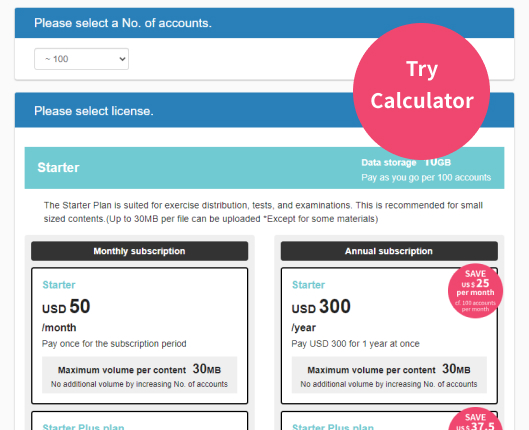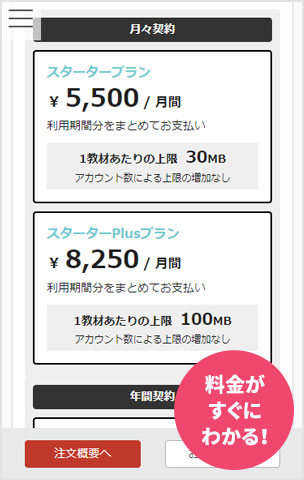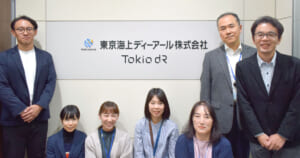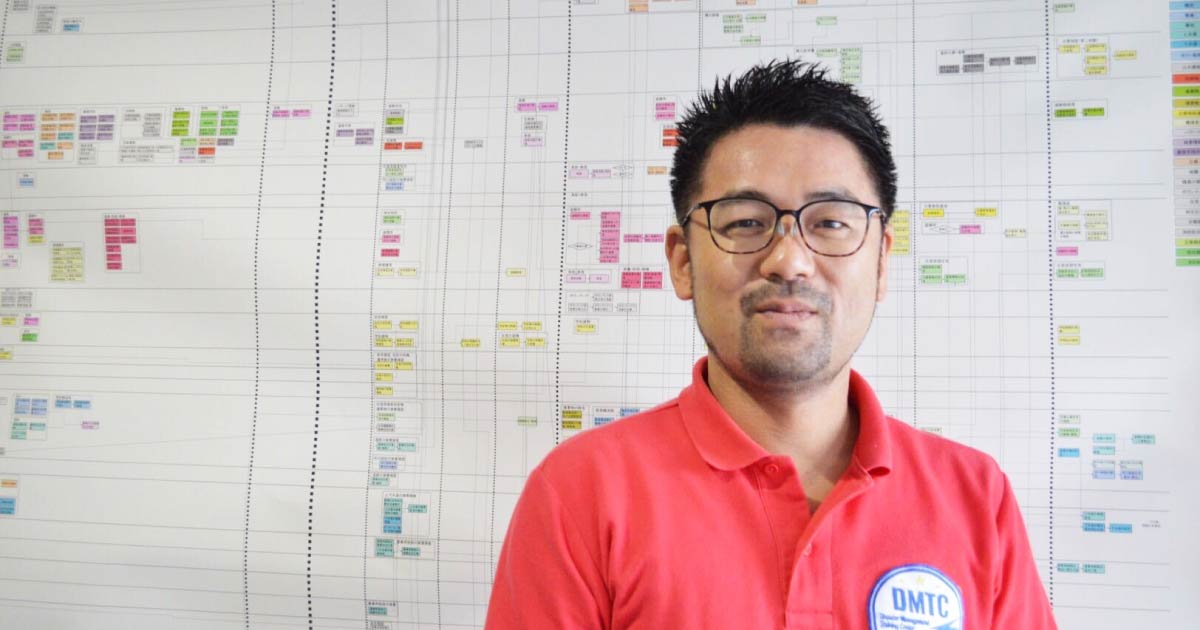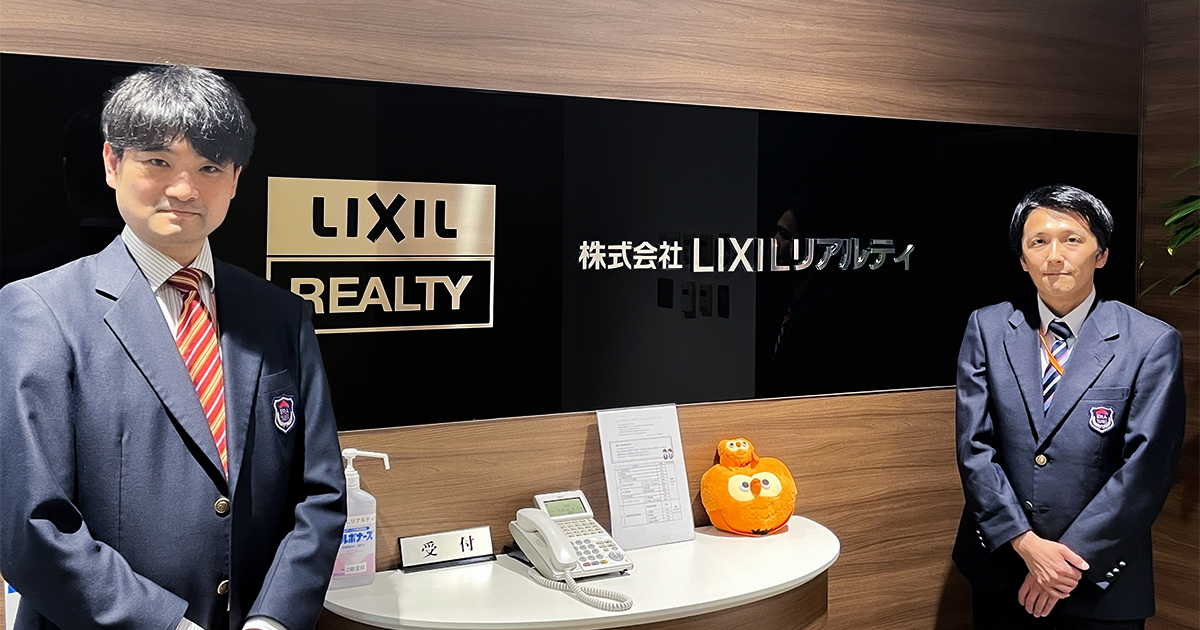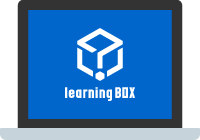System Replacement Reduces Support Desk Tasks by 44%, Making Personality Tests Easier to Create
Released on
Released on
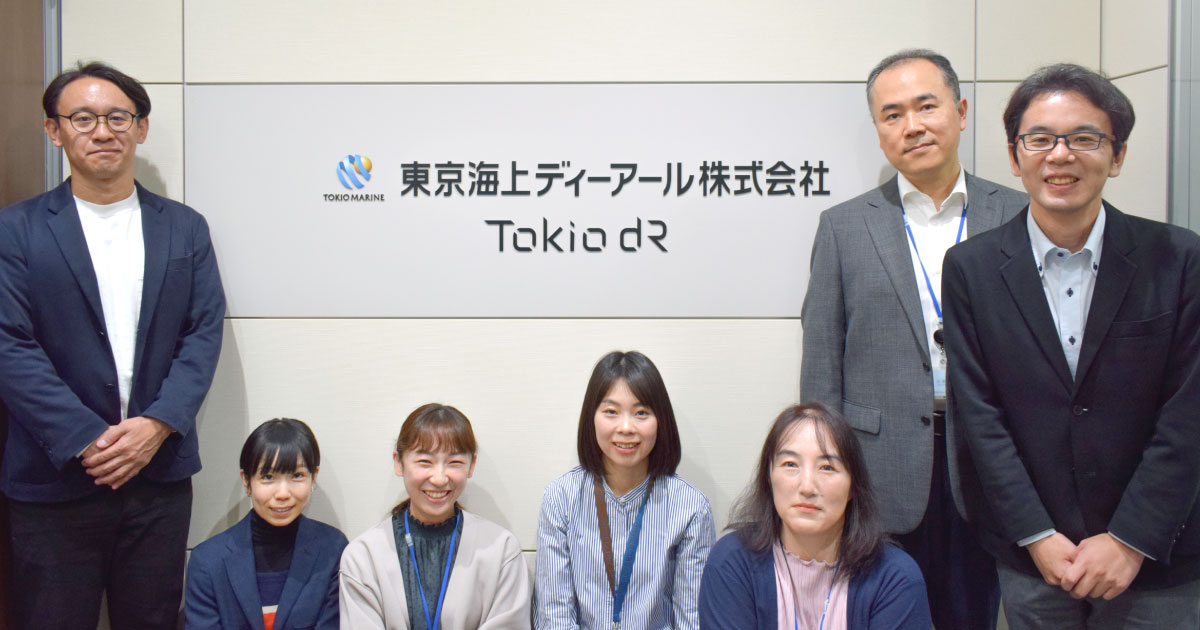
Transportation and Mobility Division and its Outsourcing Partner, CAICA Technologies Inc.

- Bad usability of a previous system
- Workload for many inquiries about how to use the previous system and implementation required hours
- Development speed, quality and cost for a new personality test


- Simple UI and cost-effective
- Improved operational efficiency by reducing the number of customer inquiries and operational man-hours
- A new personality test could be created without extra charge.
Tokio Marine dR Co., Ltd. was established in 1996 as a risk consulting company of the Tokio Marine Group. As a group of experts that uses digital technology to accurately resolve risks, the company takes on the challenge of tackling a wide range of social issues. The company's Transportation & Mobility Division provides a wide range of support to companies to build and strengthen their vehicle safety management systems, from legal compliance support to consulting based on surveys and analysis, and as part of this support, the company offers a traffic safety web-based learning service. learningBOX is currently being used as the system infrastructure for this service. In this interview, we spoke with the chief researcher of the Transportation & Mobility Division. This interview will be presented in two volumes.
The Most Decisive Factor was its Simple UI
Can you describe your company's business and your roles?
We provide consulting services to corporate clients in various risk areas. Among them, the Transportation & Mobility Division proposes support for the establishment of safety management systems and accident reduction based on our long-accumulated automobile accident data and consulting experience of more than 1,000 cases per year. Other areas of support include safety management and safety measures for automated vehicles and the new mobility that has become increasingly diversified in recent years.
I am in charge of operations for WebstadR, an e-learning business that utilizes learningBOX, and I am also responsible for overseeing system development, maintenance, and operations for the Transportation and Mobility Division.

What made you interested in learningBOX?
We began utilizing an e-learning as a means of providing value to our customers more than 15 years ago. Over that history, we have changed the system several times. While learningBOX is generally used by companies for their own internal training, our e-learning business itself is a part of consulting, and many of our clients use it as their employee training.
I first became aware of learningBOX through a web search. there are many vendors of e-learning systems, and I looked at all of the systems that are considered to be among the major players, while also comparing various systems with newer, or latecomer vendors that I thought would be growing in the future. We compared a number of different systems.
learningBOX's simple UI looked very attractive. I can remember the impression when I saw it for the first time.
What were the deciding factors for choosing learningBOX?
Since this is a system used by our clients, their point of view is important rather than ours. Not only cost-effectiveness, but also ease of use and system stability are directly related to customer satisfaction and service quality.
Unfortunately, the previous system had led to customer dissatisfaction because of its complicating UI and UX, making it difficult to find the right process to operate intuitively. The simple UI of learningBOX solved out challenges.
Challenges for System Migration
What were challenges you faced in system migration?
Since we have been in the e-learning business for more than 15 years, we have a certain number of customers who have been using our service for years. While there are complaints that the previous system is difficult to use or the manuals are hard to understand, it is true that some customers are familiar with the system.
So, it was not easy to make our clients understand the system change and reduce their concerns. The best way was to have them actually use learningBOX. This action resulted in their understanding and we tried to communicate not only with clients but with colleagues in our company.
What actions were needed internally?
For the first step, we started to deepen the knowledge of learningBOX with the memebers in charge. After that, trainings were conducted for other memebers to support implementation and how to use the system.
We actually design the migration and then start the operational design, but once the system migration is underway and operations are finally in full swing, we have to involve stakeholders who are not deeply familiar with the new system.
It was difficult for many of the stakeholders to operate the previous system, which brought their concerns toward the new system and often prevented us from gaining their understanding of the system migration.
As with any system, many organization may face these kind of challenges at the beginning of operation. The level of understanding and empathy among the people involved varies widely, and even if some understand its ease of use, it is not always easy to share the same level of understanding.
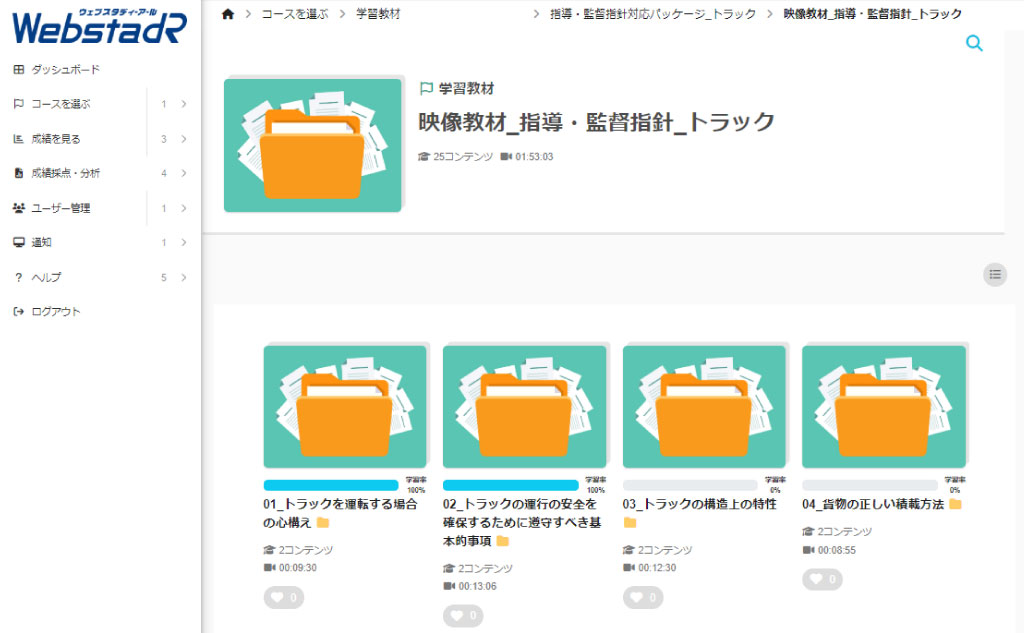
Do you have any feedback after the implementation?
There was an air of skepticism within the company at first, but as the operation started, this atmosphere began to change little by little by having people use the system and look at the interface. Then we began to hear positive feedback of its UI and UX including the ease of use , simple interface and intuitive design.
The help desk has actually seen a dramatic decrease in the number of inquiries from customers, and by accumulating these facts one by one, we have gained trust within the company.
Streamline Management in One Platform
Tell us about the background behind the launch of "WebstadR."
Our WebstadR, a traffic safety web-based service, had been operated in a different name with the previous system. Since we have been in the e-learning business for more than 15 years, there were several services and systems under different names.
With the implementation of learningBOX, we decided to centralize all of our services and rename them for the new start. Our brand-new service, "WebstadR," a fusion of the words "web," "study" and "dR" for our company name, has been registered as a trademark. This centralized management and the trademark registration mean a lot to us in order to create brand-new customer experience with our service.
Can you give us an overview of the "WebstadR" traffic safety web-based learning service?
We offer two services: the "Safe Driving," which allows users to select and use the necessary content regardless of industry, and the "Supervision Guideline" for truck, bus and cab industries.
The "Supervision Guideline" is designed for so-called professional drivers. The Ministry of Land, Infrastructure, Transport and Tourism's laws and regulations stipulate that drivers engaged in the transportation industry must undergo prescribed training at least once a year, including driving tips and hazard prediction training according to the characteristics of the vehicle. (*2).
The Safe Driving course has more than 150 pieces of content, and we add new content every month, so the actual number is much higher than this. The course consists of a variety of content including PDF, video (Video uploadand Embedded video), Quiz/Examand Personality test.
(*2) For freight forwarders (trucks). Passenger carriers (buses and cabs) also have corresponding contents as well.

How many people are involved in the creation of each of the contents of WebstadR? How often are updates made and what are your plans for improvement?
Each piece of content is a mass of know-how and a source of value, so it is not just the person in charge of the e-learning business who creates content; all consultants are involved in its production.
As for content updates, some of them are quite frequent, such as when laws are revised or when we deliver new content every month. After many years of service, our services have grown to our current ones. We are discussing how to enhance the content while keeping abreast of what themes are being sought by customers in line with technological innovations and changes in society and laws and regulations surrounding mobility.
In addition to the content, we also discuss how to communicate and means of information sharing as well. We are always looking for the best solution in light of the consulting objectives, while balancing cost and quality, especially educational effect.
*1
- Survey targeting the most common inquiry (category) highly relevant to the operation of e-learning systems: failed to log in (cannot log in for some reason).
- The number of cases is based on support desk inquiry records. Figures for FY2022 (April-September) and FY2024 (April-September) are used for comparison.
Please see the second part of this article for more information on the benefits of implementing ▼learningBOX.
Thank you for your participation
.
